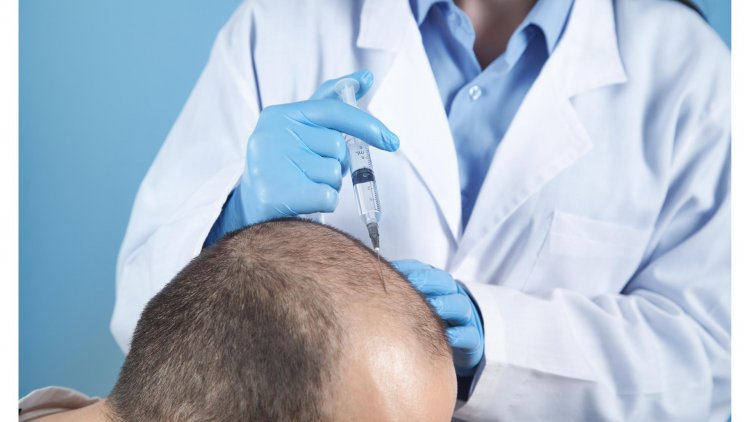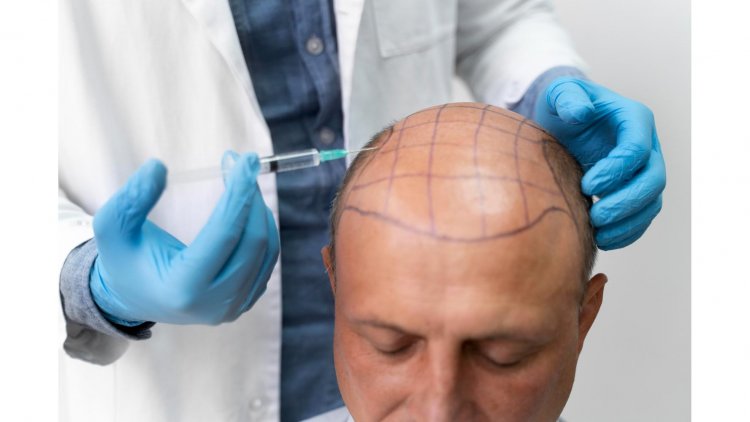The Hair Transplant Revolution: Transforming Follicles and Lives
Hair loss can be a deeply personal and often distressing experience for many individuals. Over the years, hair transplantation has emerged as a beacon of hope, offering effective solutions to restore not just hair, but confidence and self-esteem. This article delves into the intricate world of hair transplantation, exploring the techniques, benefits, risks, and advancements that make this procedure a revolutionary approach to combatting hair loss.

Understanding Hair Loss
Hair loss, or alopecia, can affect both men and women and may result from a variety of factors including genetics, hormonal changes, medical conditions, or even stress. The most common type of hair loss in men is male pattern baldness (androgenetic alopecia), while women often experience a more diffuse thinning pattern. Understanding the underlying cause of hair loss is crucial for determining the most effective treatment approach.
The Science Behind Hair Transplantation
Follicular Unit Transplantation (FUT)
Follicular Unit Transplantation, also known as the strip method, involves removing a strip of scalp from the donor area (typically the back of the head) and dissecting it into individual follicular units. These units, each containing 1-4 hairs, are then meticulously implanted into the recipient area. This method allows for the transplantation of a large number of grafts in a single session, making it ideal for patients with extensive hair loss.
Follicular Unit Extraction (FUE)
Follicular Unit Extraction is a more modern technique where individual hair follicles are harvested directly from the donor area using a micro-punch tool. This method is less invasive than FUT, resulting in minimal scarring and quicker recovery times. FUE is particularly advantageous for patients who prefer shorter hairstyles, as it avoids the linear scar associated with FUT.
Direct Hair Implantation (DHI)
A variation of the FUE technique, Direct Hair Implantation involves the use of a specialized tool called the Choi Implanter Pen. This device allows for the simultaneous extraction and implantation of hair follicles, reducing the handling of grafts and improving the survival rate of transplanted hairs. DHI offers greater precision and control, leading to more natural-looking results.
Preparing for Hair Transplant Surgery
Consultation and Assessment
The journey to hair restoration begins with a comprehensive consultation with a hair transplant specialist. During this assessment, the doctor evaluates the patient's hair loss pattern, donor area density, and overall health to determine candidacy for the procedure. Personalized treatment plans are then developed to address the unique needs and expectations of each patient.
Preoperative Instructions
Patients are typically advised to avoid certain medications, smoking, and alcohol in the weeks leading up to the surgery to minimize the risk of complications. It is also important to discuss any underlying medical conditions or allergies with the surgeon. Following preoperative guidelines helps ensure the best possible outcome.

The Hair Transplant Procedure
Anesthesia and Extraction
Hair transplant procedures are usually performed under local anesthesia, ensuring that patients remain comfortable and pain-free throughout the surgery. In the case of FUT, a strip of scalp is removed and sutured, while FUE involves the extraction of individual follicles. The donor area is carefully chosen to ensure a sufficient supply of healthy hair follicles.
Graft Preparation and Implantation
Once the hair follicles are harvested, they are prepared for implantation. This involves trimming and sorting the grafts to ensure they are of the highest quality. The recipient area is then prepared by creating tiny incisions where the grafts will be placed. The surgeon meticulously implants each follicle, paying close attention to the natural hair growth pattern and direction.
Postoperative Care
Postoperative care is a crucial aspect of the hair transplant process. Patients are provided with detailed instructions on how to care for their scalp, including washing, medication, and activity restrictions. It is common to experience some swelling, redness, and scabbing in the days following the procedure. Adhering to postoperative guidelines helps promote healing and optimize the success of the transplant.
Benefits and Expectations
Natural-Looking Results
One of the primary advantages of hair transplantation is the ability to achieve natural-looking results. Skilled surgeons can recreate a hairline and density that closely mimic the patient's original hair, ensuring a seamless and undetectable outcome.
Permanent Solution
Unlike temporary hair loss treatments such as topical medications or wigs, hair transplantation offers a permanent solution. The transplanted hair follicles are resistant to the effects of dihydrotestosterone (DHT), the hormone responsible for pattern baldness, allowing for long-lasting results.
Boost in Confidence
For many individuals, the psychological impact of hair loss can be profound. Hair transplantation not only restores hair but also boosts confidence and self-esteem. The positive change in appearance can enhance overall quality of life, contributing to a more positive outlook.
Risks and Considerations
Potential Complications
As with any surgical procedure, hair transplantation carries certain risks. Potential complications include infection, bleeding, scarring, and graft failure. Choosing an experienced and reputable surgeon significantly reduces the likelihood of these issues.
Cost Considerations
The cost of hair transplantation can vary widely based on factors such as the extent of hair loss, the technique used, and the location of the clinic. While it is an investment, many patients find the long-term benefits to be well worth the expense.
Realistic Expectations
It is important for patients to have realistic expectations regarding the results of their hair transplant. While significant improvements can be achieved, the final outcome depends on factors such as the quality of the donor hair and the skill of the surgeon. Open communication with the doctor helps ensure that patients have a clear understanding of what to expect.
What's Your Reaction?





















